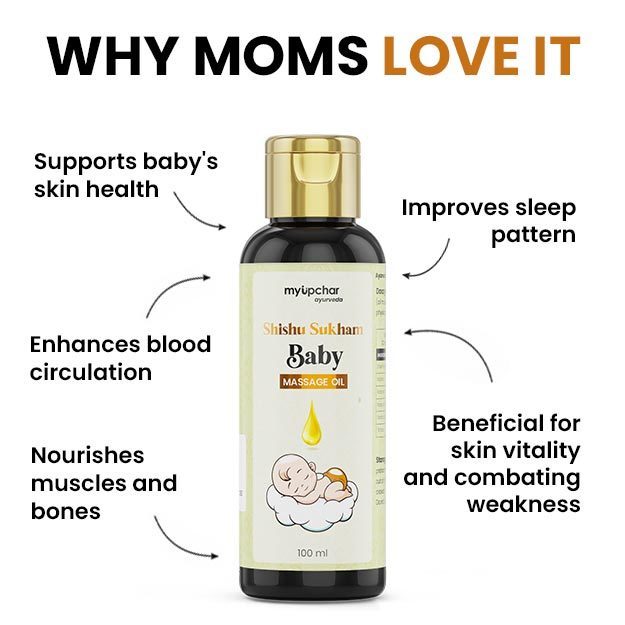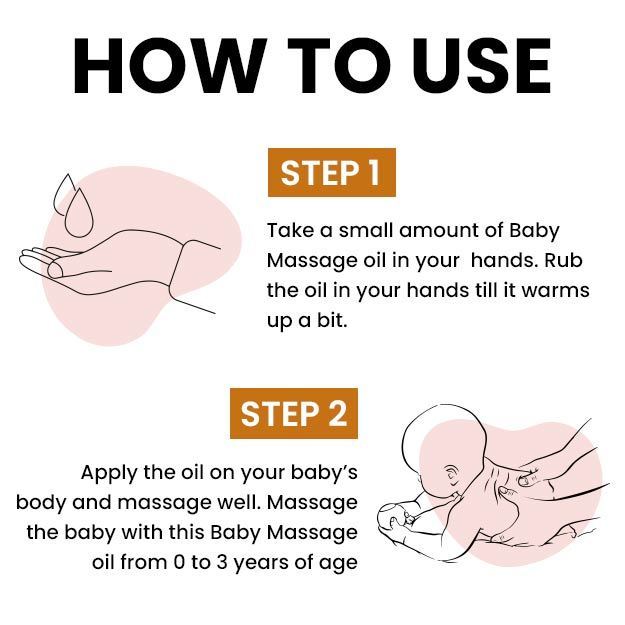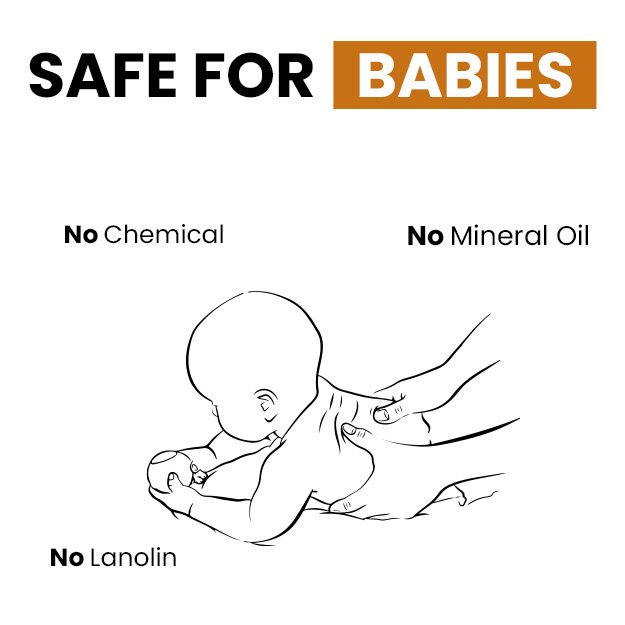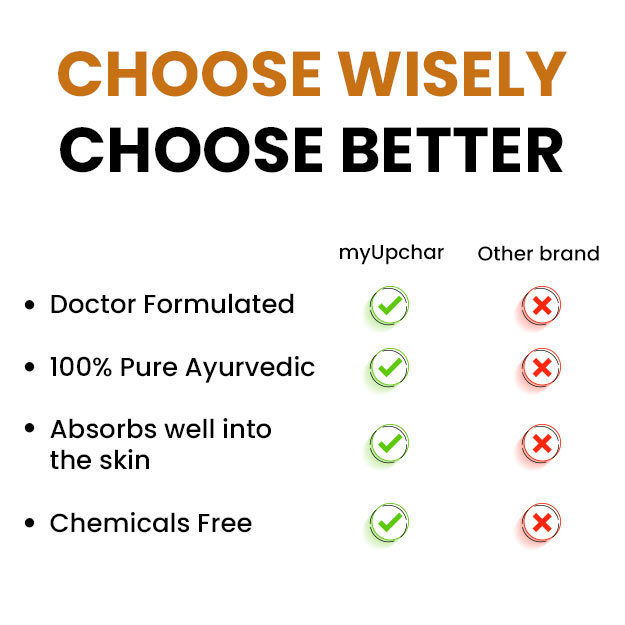Oral vaccines are probably the most sought after vaccines because they are easy to give to babies.
Experts suggest that about 90% of all pathogens enter the human body through the thin and permeable mucous membranes—for example, the membranes lining the stomach, intestines and respiratory tracts. This is in part due to the huge surface area of these tracts but also because they allow easy points of entry into the body namely, the mouth and nose. Hence, a vaccine targetting the mucous membranes could be an efficient system to provide immunity.
Most vaccines that go into the skin or muscles (intradermal and intramuscular) generate antibodies only, with some amount of T-cells—a type of immune system cells that provide cellular immunity. Cellular immunity is needed to fight intracellular parasites like viruses.
Studies have shown that vaccines targetting the mucous membrane generate sufficient IgA antibodies (a type of antibody that is mainly responsible for protecting the mucosal surfaces) something that is not seen in parenteral routes.
These vaccines have also been shown to generate systemic (full body) IgG antibodies that injectable vaccines develop along with a systemic cellular response. The systemic response mostly occurs since all the mucosa is connected inside the body. So, when one surface is protected, it automatically protects all the surfaces. IgG is the most abundant type of antibodies that are responsible for providing long-term immunity.
How do oral vaccines work
Once the antigen from an oral vaccine reaches inside the small intestine, specialised cells called M cells transport it inside the Payer’s patches. Payer’s patches are a lymphatic tissue which plays an important role in generating immunity in the gut.
So, to improve the efficiency of oral vaccines, experts are focussing on making specific vaccines targeting the M cells.
Oral vaccines concerns:
- Oral vaccines target the gastrointestinal mucosa. One of the greatest problems with the oral route of administration is all the enzymes in the gut that can digest the vaccine components before they can get an immune response from the body.
- Another concern is controlling the dose of the vaccine. Oral vaccines need a higher dose to generate an immune response as compared to those given by injection. Experts point out that high doses of vaccines may lead to oral tolerance—the immune system may not respond to the presence of the pathogen in the gut. So, it is important to determine the right dosage for children of various ages and adults.
- Also, there is a concern about the half-life of the vaccine—the time by which half of the vaccine clears out of the system.
To sort all of these concerns, various delivery methods have been suggested for oral vaccines. These include:
Plant-based oral vaccines
Plants have long been used in medicine for both treatment and prophylaxis. Now, researchers are working on developing genetically modified (transgenic) plants that express certain antigens from pathogens that then stimulate an immune response.
These vaccines are cost-effective, can be self-administered and do not need cold chain maintenance. Some of the earliest plant-based vaccines (the late-1970s) focussed on using the tobacco plant and potatoes to provide immunity against diarrhoea, malaria, HIV, and hepatitis B. Over time, bananas, spinach, quinoa, papaya and lettuce have also been considered to be used to carry and deliver vaccines.
Plant-based vaccines that can work against various pathogens including avian influenza, rabies, hepatitis B, E.coli, and some coronavirus infections are in various stages of preclinical and clinical development. However, no plant-based vaccine has yet been commercialised.
Live viral or bacterial vectors
Vectors are organisms that do not cause disease themselves (they may cause mild symptoms) but they can carry the genetic material of a pathogenic microbe and produce the antigens of these microbes inside the body. When administered, these vaccines elicit immunity against the said pathogen.
Live vector vaccines (where the vector or carrier microbe is alive) are considered to be the most successful type of oral vaccines. These vectors can multiply inside the body and hence produce a strong immune response against both the vector organism and the target pathogen. So, in a way providing immunity against two different microbes.
Various microbes have been proposed as vectors for this type of vaccines. These include the adenovirus vector (the worst it can do is give you a sore throat, conjunctivitis, fever or diarrhoea), lactic acid bacteria (or LAB, which are present in the stomach) and Salmonella typhi (the causative agent of typhoid fever).
The LAB vectors are especially considered to be effective for mucosal delivery through the gastrointestinal tract since these bacteria are normally present in the gut. Hence, these bacteria are more resistant to degradation by the gut enzymes and may be able to produce a more robust immune response.
Adenoviruses have shown some efficiency in an oral vaccine against hepatitis B though in clinical trials it failed to generate antibodies. To protect the adenoviruses from the gut environment, experts have suggested coating them with a protective layer.
S.typhi based vectors have shown to develop immunity against the tetanus toxin.
Lipid-based vectors
Liposomes are spherical vesicles that contain a bilayer (double layer) of lipids (fats) just like the outer membrane in the human cells. These are hence considered to be an effective mode of vaccine delivery through the mucous membrane. All you have to do is pack the immunogen (part of the microbe that is capable of generating the immune response) inside the vesicle. Special modifications in the structure of the liposomes can even help to send them to specific (target) cells in the mucosa. They also interact more with the intestinal cells as compared to any other vectors.
However, lipid-based vectors are still in research phases.
Nanoparticle-based vaccines
These are subunit vaccines (contain only the antigen of the pathogen instead of the whole microbe), which are wrapped around with special polymers to protect them from the hostile environment of the gut. These polymers could be synthetic (but biodegradable) like polyester nanoparticles or natural like polysaccharides (sugars) like chitosan.
The benefit of nanoparticle-based vaccines is that these particles help release the antigen slowly into the body, hence reducing the chance of oral tolerance and slowly but gradually developing immunity. Also, studies have shown that nanoparticle vaccines can efficiently deliver the immunogen to the target site that can generate both humoral and cell-mediated immunity.
Humoral and cell-mediated immunity are two branches of the adaptive immune system (the immunity you develop after being exposed to an infectious agent). Antibodies mainly come under the humoral immunity while the T cells, especially the CD8 type, come under the cell-mediated immunity.
One possible problem with the synthetic polymer is that as it slowly gets degraded in the intestine, the internal environment of these particles may get more acidic. This, in turn, can leave the antigen useless. Similarly, the chitosan-based nanoparticles have a risk of being degraded in the acidic environment of the gut.
So, researchers are now working on stabilising the synthetic particles enough so this acidification does not occur and on coating the chitosan particles with liposomes that may help them to survive better in the gut.
Licenced and commercial oral vaccines
The following are some of the commercially available oral vaccines right now:
Oral polio vaccine: The most common type of oral vaccine is the oral polio vaccine (OPV). This vaccine contains the live attenuated (a weakened version) poliovirus and can be monovalent (provide immunity against one type of poliovirus) or multivalent (provide immunity against more than one type of poliovirus at once).
OPV has a great role in mass vaccination programmes and the eradication of at least two strains of poliovirus in the world today.
However, this vaccine has a rare (one in 2.5 million) chance of reverting to virulent type and causing infection. Since the virus has been largely eradicated from the world, right now, the risk of getting polio from a vaccine reversion is much higher than actually getting the disease. But that does not mean the immunisation should be stopped, at least until the virus has been completely eradicated from the world.
Cholera vaccine: Currently, there are three oral cholera vaccines approved by the World Health Organization. One of these is a recombinant cholera toxin B (CTB) subunit vaccine, which contains a subunit of the cholera toxin along with the killed pathogen and is quite stable and non-toxic. Studies suggest that this vaccine provides about 65% immunity against cholera and is effective for about two years. The other two oral cholera vaccines are killed pathogens only. All the vaccines are given in a two-dose regimen.
A live attenuated cholera vaccine is internationally licenced and uses the weakened version of the cholera bacteria. This vaccine provides good immunity with a single dose. However, right now, it is only given to adults (between the age of 18 and 64) who are travelling to cholera affected areas.
Typhoid vaccine: One of the currently approved vaccines for typhoid fever is a live attenuated version of the typhoid bacteria Salmonella typhi. The vaccine, called Ty21a, is available in both liquid and capsule form and provides about 62% protection for up to seven years. However, the effects of the vaccine start to show up at least a week after it is administered.
Rotavirus: Rotavirus disease is a type of diarrhoea that is one of the leading causes of death in children up to the age of five years. There are at least five serotypes (strains) of rotavirus that causes the disease and two types of oral rotavirus vaccines currently in the market against them. These include:
- Live attenuated human rotavirus vaccine: This is a monovalent vaccine that protects against only one strain of rotavirus.
- Bovine-human rotavirus vaccine: This vaccine protects against all five rotavirus serotypes.
Both vaccines are about 90% effective against severe rotavirus disease and up to 70% effective against the mild disease.
Sublingual oral vaccines
Since oral vaccines have this disadvantage that they may degrade in the gut, sublingual or buccal vaccines are considered to be a better option for delivering vaccine through mucosal surfaces. Though this route hasn’t got much attention from the scientific community so far. The only available sublingual vaccines as of now are allergy vaccines that are used to treat hypersensitivity to various allergens.
The sublingual vaccines get dissolved and absorbed from under the surface of the tongue while the buccal vaccines get absorbed through the buccal mucosa in the gums and the inside of the cheeks and lips. These areas do not have thick layers and hence the vaccine can easily pass through them and into the bloodstream. Experts say that the mucous membrane of the buccal cavity is about 4,000 times more permeable than skin. However, it is still less permeable than the mucosa in the intestines.
Sublingual vaccines are considered to be effective for respiratory viruses like influenza, SARS (Severe Acute Respiratory Syndrome) and respiratory syncytial virus.
All of these vaccines are currently in the preclinical stages of development. Some other pathogens that sublingual and buccal vaccines are being studied for include HIV, Ebola, Tetanus, Measles, HPV (human papillomavirus), and pneumococcal disease.
Melt in the mouth strips
Melt in the mouth strips are yet another kind of buccal delivery system which uses thin dissolvable films that contain the antigens.
Various kinds of oral films are already available in the market in the form of breath mints and this technology has proven to be highly effective in delivering drugs into the blood.
So far, only one melt-in-the-mouth strip vaccine has been developed against the rotavirus. More such vaccines are in the works. Since these vaccines are easy to administer, they are believed to be an excellent way to immunise children. A good melt-in-the-mouth strip would not need water, have a pleasant taste and would be efficient in delivering standard doses of the vaccine. However, some drawbacks of these vaccines are that they cannot be used to administer higher doses of the vaccine, and they will need special packaging and precision in creating the film thickness.



























